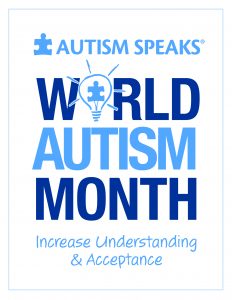For more than 30 years, OTs, OTAs, PTs, SLPs, and Special Educators have counted on ERI for rewarding continuing education courses that take careers to new heights and remind therapists why they love what they do. Our courses are taught by therapists for therapists and teach evidence-based, effective treatments that can be immediately applied to practices. But did you know ERI’s exceptional courses are offered in convenient locations across the Midwest? In fact, this year alone, ERI will offer more than 50 courses in Illinois, Indiana, Kansas, Michigan, Minnesota, Missouri, Nebraska, Ohio, and Wisconsin.

And when it comes to CEUs, we have you covered:
- ERI is an approved sponsor by the State of IL Department of Financial and Professional Regulation for Physical Therapy
- The IN, KS, MO, and WI Board of Physical Therapy and MI Physical Therapy Association recognize other state board’s approvals
- Applications are made to the MN Board of Physical Therapy and the OH Physical Therapy Association when applicable
- ERI courses meet the requirements of acceptable continuing education by the NE Board of Physical Therapy
- ERI is an approved provider of continuing education by the American Occupational Therapy Association (AOTA)
- ERI is approved by the Board of Certification (BOC) to offer CEUs for Athletic Trainers
- ERI is approved by the Continuing Education Board of the American Speech-Language Hearing Association (ASHA) to provide continuing education activities in speech-language pathology and audiology
No need to travel far from home, click HERE to check out our current Midwest Course Listing. We’re always adding more courses so be sure to check back. You can also view all our courses throughout the United States on our website. Register today for a rewarding ERI Course, earn CEUs, improve your practice and patient outcomes.
We can’t wait to see you!





